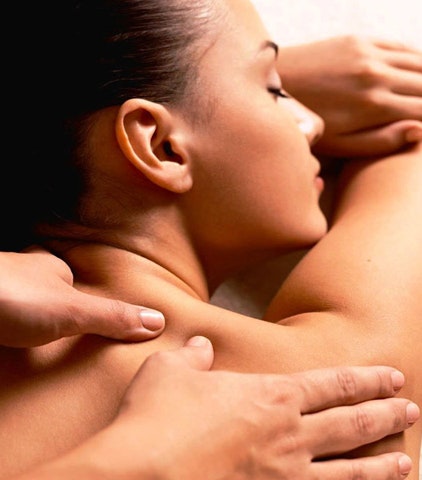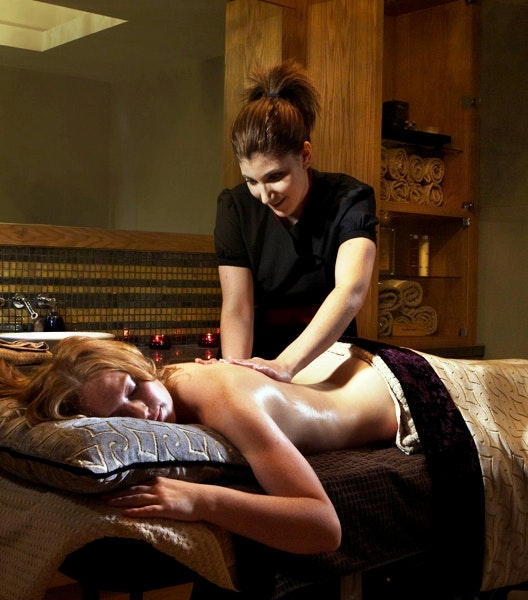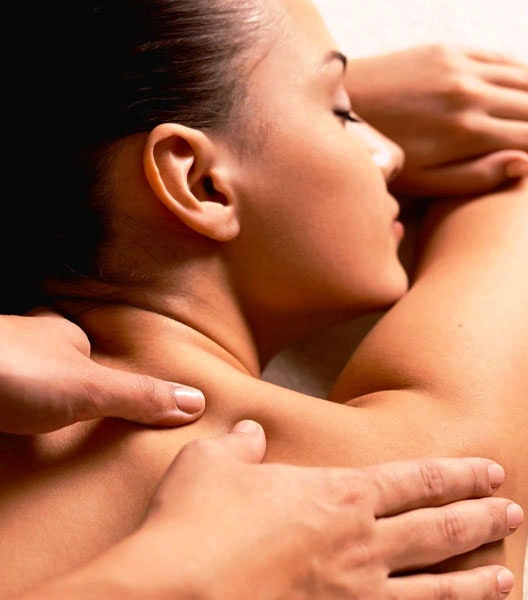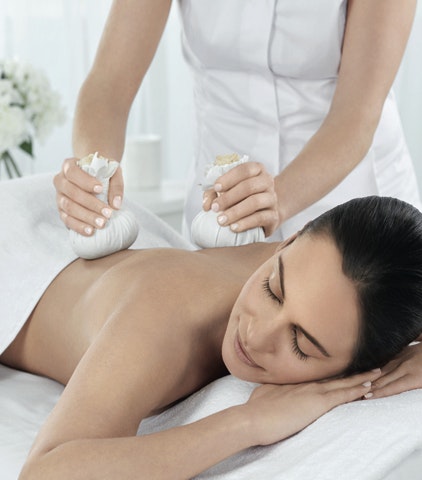
SpaSeekers’ Guide to the Hot Stone Massage
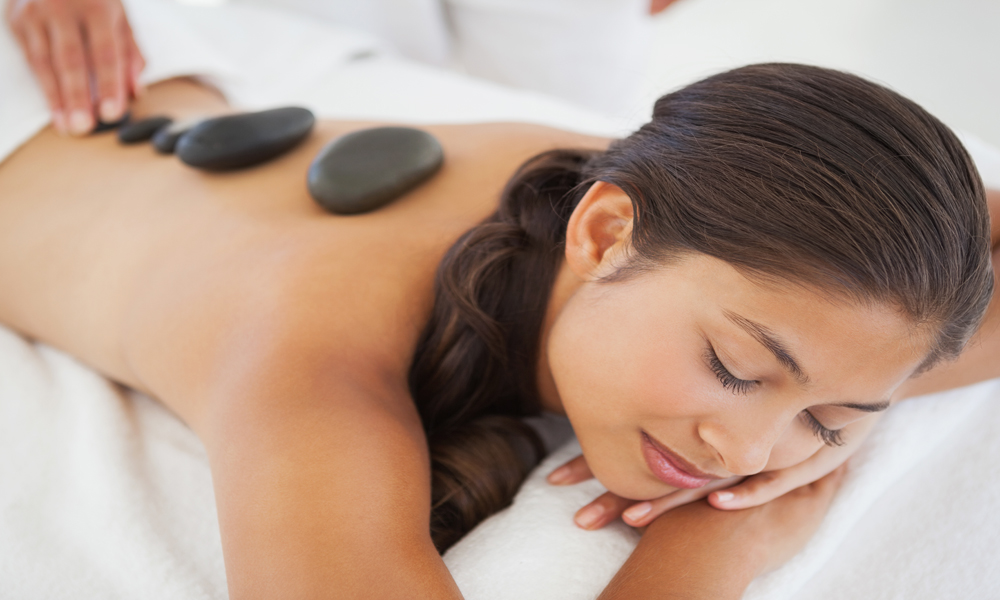
Whether you’re a spa newbie or an experienced spa-goer looking for something new to try, the hot stone massage can be a warming and relaxing treat. In this guide, we look at the basics of this beneficial spa treatment.
What is a hot stone massage?
A variant of ‘LaStone® Therapy’, the hot stone massage is a relative newcomer to the world of spa massages compared to other therapeutic treatments that have been around for thousands of years.
What does a hot stone massage involve?
The basic idea is that varying sizes of smooth black basalt stones (derived from lava) are heated to between 120 and 150 degrees. The spa therapist places the warm stones on energy points along the torso and sometimes the scalp.
Having applied gently-heated oil, the therapist uses their hands to glide the stones along the skin, working deeper into the muscles than is often possible in a conventional deep-tissue or Swedish massage.
Cool marble stones are sometimes also incorporated for their opposite anti-inflammatory and energy-balancing effect (like an ice pack on a swelling, which helps drain the white blood cells away from the site of inflammation). This sensation of coolness can be very effective in facials (where the use of heat is not advised) for reducing puffiness around the orbital eye area, for example, with warmer stones used to ease muscular tension in the jaw area.
Hot stone massage usually lasts between 40 minutes for an ‘express’ back, neck and shoulders or hot stone head massage, to 90 minutes for the whole body, including the back, arms and legs. Another variation is the Lava Shell massage, which uses warmed lava shells to massage the back and neck.
Who can benefit from a hot stone massage?
This type of massage helps muscles to relax. This means it can benefit those with muscular issues, including pain and tension. As the warm stones draw energy from static energy points, a hot stone massage can help to address ‘blocked emotions’. The warmth of the stones also creates wellbeing and soothes the nervous system. Anyone with rheumatic and arthritic pain, depression, poor circulation (e.g. Raynaud’s), and insomnia might also benefit.
Important: Always seek your doctor’s advice if unsure about the suitability of a spa treatment and you must let the spa know ahead of time if you are pregnant or have a medical condition.
Best for:
Winter months or cold climates when muscles are naturally more tense
Deep muscular pain
Releasing negative energy
Improving circulation
Think twice...
…if you suffer from cuperose, varicose veins or thin, delicate skin. The stones should never be too hot. However, they could potentially trigger the contraction and expansion of broken capillaries in people with sensitive and problem skin.
Did you know?
Your body will require more hydration after a hot stone massage than after other massages to help it detoxify. Be sure to drink plenty of water afterwards.
Top tip:
To minimise discomfort, try abdominal breathing outwards in time with the application of the warm stones. Read our massage tips to find out more about this highly effective natural pain relief technique.
Looking to purchase a hot stone massage for a friend or loved one? Check out our spa vouchers page for monetary gift vouchers, which can be redeemed against treatments at over 500 spas across the UK.
If you’re ready to book a hot stone massage at one of our spas, give our team a call today to discuss your options.

